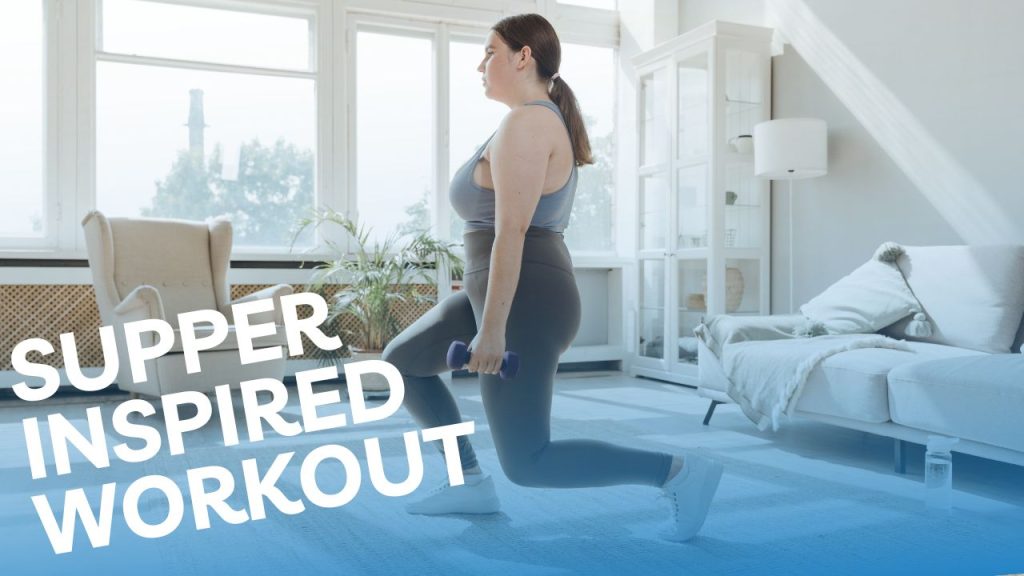The Power of Fitness
The importance of fitness exercise in daily life cannot be overstated. Engaging in regular physical activity offers numerous benefits for both our physical and mental well-being. Here are some key reasons why fitness exercise is crucial in our daily lives:
- Enhances Physical Health: Regular exercise helps improve cardiovascular health, strengthen muscles and bones, and boost overall physical fitness. It reduces the risk of chronic diseases such as heart disease, diabetes, obesity, and certain types of cancer. Exercise also supports a healthy immune system, making us more resilient to illnesses.
- Manages Weight: Engaging in physical activity is an effective way to control and maintain a healthy weight. Exercise burns calories, helping to create a calorie deficit necessary for weight loss. Additionally, building muscle through strength training can increase metabolism, aiding in weight management.
- Improves Mental Health: Exercise has a powerful impact on mental well-being. It promotes the release of endorphins, also known as “feel-good” hormones, which can alleviate symptoms of stress, anxiety, and depression. Regular exercise can enhance mood, boost self-esteem, and improve cognitive function.
- Increases Energy Levels: Engaging in physical activity increases oxygen and nutrient supply to the body, improving energy levels and combating fatigue. Regular exercise enhances stamina and endurance, allowing us to perform daily tasks more efficiently and with greater vitality.
- Enhances Sleep Quality: Exercise has been linked to better sleep patterns. Regular physical activity can improve both the duration and quality of sleep, helping us feel more refreshed and rejuvenated. It also aids in managing sleep disorders such as insomnia.
- Boosts Brain Health: Exercise has been shown to enhance cognitive function, memory, and concentration. It promotes the growth of new neurons and increases blood flow to the brain, supporting overall brain health and reducing the risk of cognitive decline.
- Promotes Longevity: Leading an active lifestyle and engaging in regular exercise has been associated with increased longevity. Exercise helps prevent chronic diseases and age-related health issues, contributing to a longer and healthier life.
- Enhances Social Connections: Participating in group exercise classes, team sports, or other physical activities can provide opportunities for social interaction and foster a sense of community. Building connections with others through fitness can improve mental well-being and overall happiness.
Incorporating fitness exercise into our daily routine is crucial for maintaining a healthy and balanced life. It is recommended to engage in at least 150 minutes of moderate-intensity aerobic activity or 75 minutes of vigorous-intensity aerobic activity per week, along with muscle-strengthening exercises on two or more days. Always consult with a healthcare professional before starting any new exercise program, especially if you have any underlying health conditions.
List Of Some Workouts
Here are some types of easy workouts that can be incorporated into your fitness routine:
- Walking: Walking is a simple and accessible workout that can be done anywhere. It is a low-impact exercise that helps improve cardiovascular health, strengthens leg muscles, and boosts overall endurance.
- Jogging or Running: Jogging or running is a slightly more intense form of exercise that offers numerous benefits. It helps burn calories, improves cardiovascular fitness, strengthens muscles, and enhances bone density.
- Cycling: Cycling is a low-impact exercise that can be done outdoors or indoors on a stationary bike. It improves cardiovascular health, builds leg muscles, and increases endurance. It’s also a great way to explore the outdoors.
- Swimming: Swimming is a full-body workout that is gentle on the joints. It provides a low-impact cardiovascular workout, tones muscles, and improves flexibility and coordination. Swimming is especially beneficial for those with joint pain or injuries.
- Yoga: Yoga combines physical postures, breathing exercises, and meditation. It improves flexibility, strength, balance, and overall body awareness. Yoga also helps reduce stress and promotes relaxation.
- Pilates: Pilates focuses on core strength, flexibility, and body alignment. It involves controlled movements and precise breathing techniques to improve posture, build strength, and enhance overall body stability.
- Bodyweight Exercises: Bodyweight exercises, such as squats, push-ups, lunges, and planks, require no equipment and can be done anywhere. They help build strength, improve muscle tone, and increase overall body stability.
- Dancing: Dancing is a fun and enjoyable way to stay active. It improves cardiovascular health, coordination, balance, and flexibility. Various dance styles, such as Zumba, hip-hop, or salsa, offer different levels of intensity.
- HIIT (High-Intensity Interval Training): HIIT involves short bursts of intense exercise followed by brief rest periods. It helps burn calories, improves cardiovascular fitness, and boosts metabolism. HIIT workouts can be customized to suit individual fitness levels.
- Stretching: Stretching exercises enhance flexibility, improve range of motion, and prevent muscle tightness. Incorporating stretching into your routine can help improve posture, relieve muscle tension, and reduce the risk of injury.
Remember to consult with a healthcare professional before starting any new exercise program, especially if you have any underlying health conditions or concerns. Start slowly and gradually increase the intensity and duration of your workouts over time.
Table of Contents

Related Products
